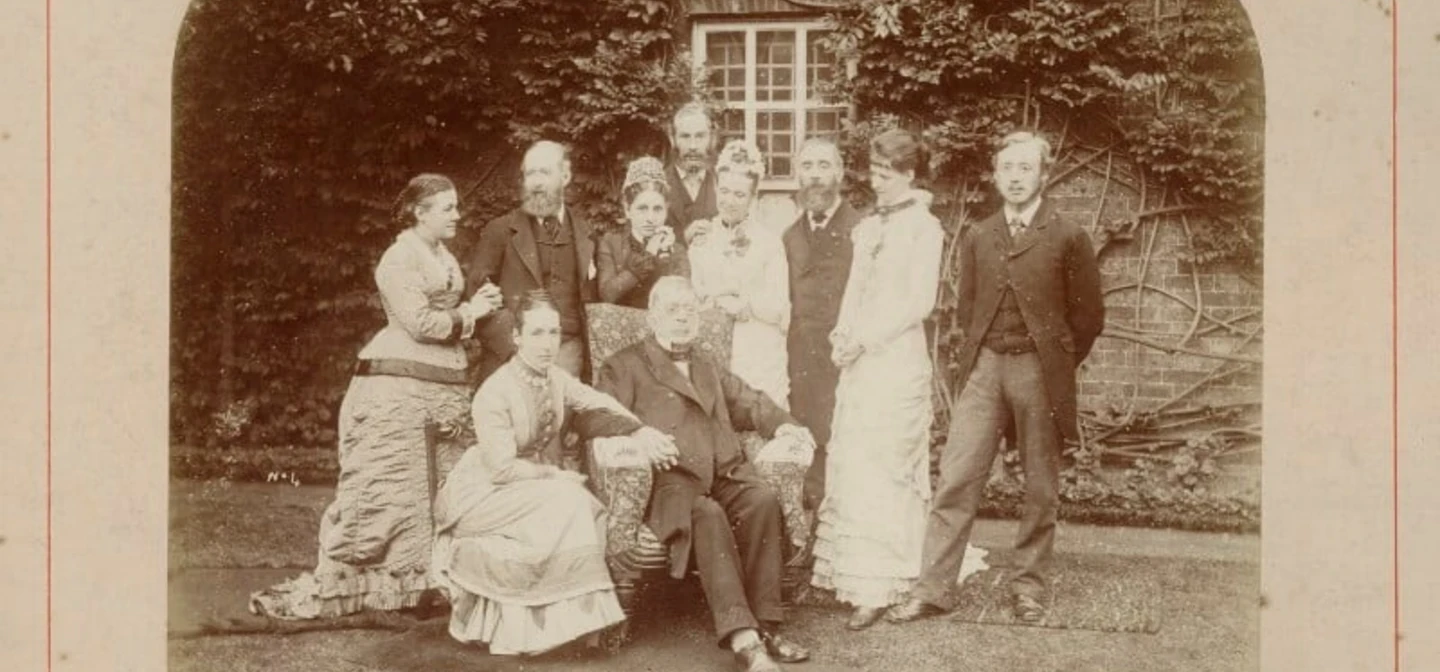
A Family of Artists in Greenwich Park: Life in the Park
This is the second blog in our two part series on the Airy family of artists. Read the first blog here: A Family of Artists in Greenwich Park: Capturing the Park
The fascinating paintings and drawings produced by the women in the Airy family circle are held at Cambridge University Library. Kept alongside them are a series of touching letters which offer us a glimpse into the lives of this busy, boisterous family.
In 1864 the Airy’s eldest daughter Hilda got married and went to Europe on her honeymoon. The lively letters she received from her family while she was away are full of local gossip and family jokes, revealing the close relationships they enjoyed.
Christabel and her sister Annot write of their despair at tedious visitors, mock snooty neighbours, ponder potential romantic matches and discuss fashion. Food is a constant topic – in one letter, Hilda’s sisters report that they have finished ‘that tremendous piece of cheese’, while Christabel mocks her sister’s appetite for melons:
You know what an alligator Annot is after melons, don’t you? Well she’s been and got an enormous thing into the house […] I don’t know how we are to get it eaten up.
In another letter, the sisters report that the family have been given a basket of fruit from the Greenwich Park Ranger’s Garden.
A Reluctant Student
The letters also reveal that Christabel’s artistic career got off to a difficult start. On 9th September 1864, she writes of her despair at being made to take drawing lessons. At this time, drawing was seen as an ideal talent for a well-to-do young lady – something Christabel appears to bristle at. She says:
But oh! Imagine my feelings! I’ve got to go tomorrow […] to have a drawing lesson!
The lesson did not go well. The day after, she reports to Hilda:
I have just survived my first drawing lesson… at the Alexandra Rooms. The name of the Master is Mr Green… Oh, but he is such an ugly little reprobate! Perfectly hideous! However, I always said, I didn’t care for people’s looks, so it doesn’t matter. I had a lesson and the creature set me to copy a model of a church, I suppose with the laudable intention of inculcating the primary doctrines of Christianity, as well as of drawing. Perhaps he’d better begin by catechising me.
Despite this inauspicious start, it is clear that art is something that gave Christabel much pleasure. In 1882 she even had some of her work exhibited at the Ipswich Fine Art Club – the family owned a home in Playford, near to the city. Today her work is held by Royal Museums Greenwich and the Royal Greenwich Heritage Trust, as well as at Cambridge University Library.
Christabel Airy
Like her sister Annot, Christabel did not marry. She remained at the Observatory with her father until he retired, afterwards moving with him and Annot to a house on the edge of the park on Crooms Hill.
She led a full and busy life, devoted to charitable work and community activities in Greenwich. She was elected as a member of the Greenwich Board of Guardians who ran the local workhouse and gave her time to a wide range of charities including those that supported young servants, provided free medicine and gave educational classes to young working-class men.
In 1921, some years after her death in 1917, a plaque was erected in her honour at St. Alfege’s Church in Greenwich. Unveiling this, her friend Professor Lambert said that the memorial honoured:
… one of the greatest of modern women who was the embodiment of Christian charity, and who developed the greater part of her adult life to the moral and physical uplifting of the poor. She had never spared herself, and wherever there was misery and destitution she was there comforting and relieving the sufferers as far as her means would allow.
Touchingly, over one hundred poor families who Christabel had helped donated money for this memorial.
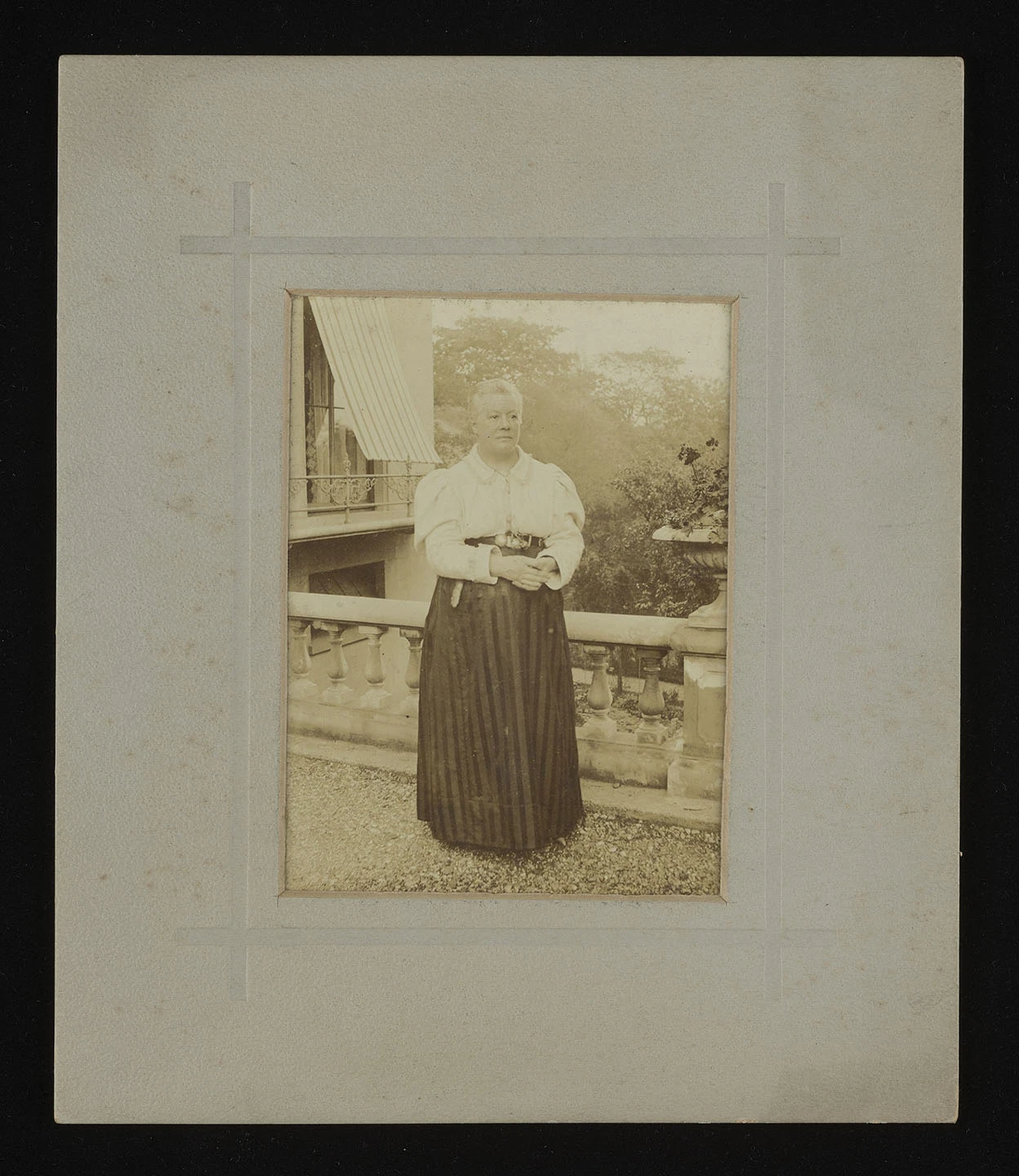
An Artistic Legacy
Christabel had one last artistic legacy. After her brother Wilfred lost his wife, she and Annot raised his daughter Anna Airy. Anna would go on to study at the celebrated Slade School of Art and exhibit her work at prestigious venues around the world, including the Royal Academy in London.
During the First World War, Anna became one of the first female artists to be commissioned as an official war artist. Her remarkable paintings are still held at the Imperial War Museum, and some of her work was featured in the exhibition Women Artists in Britain 1520-1920 at the Tate Britain in 2024.
This is an artistic legacy that can be traced back to the group of extraordinary artistic women who once called Greenwich Park home.
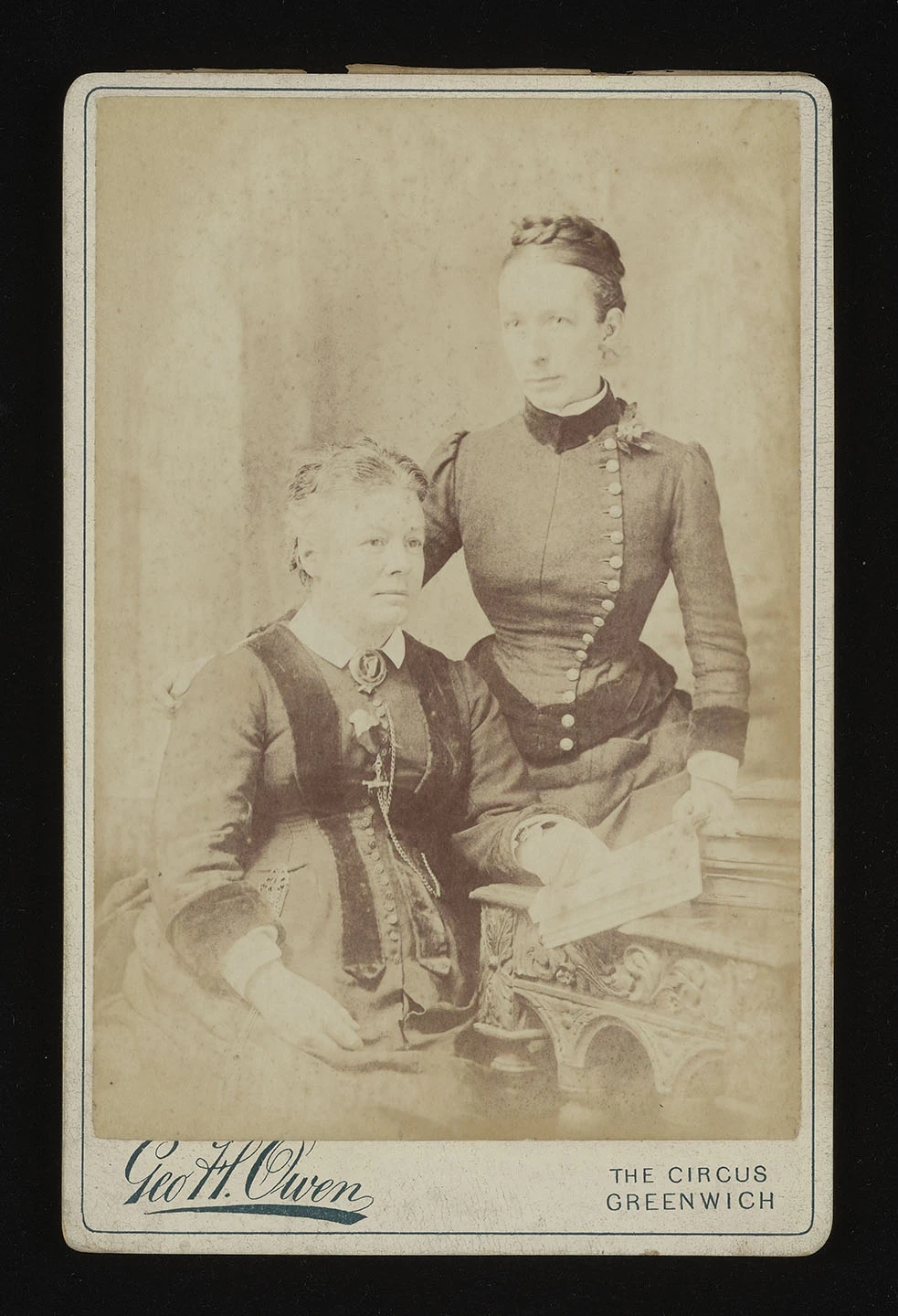
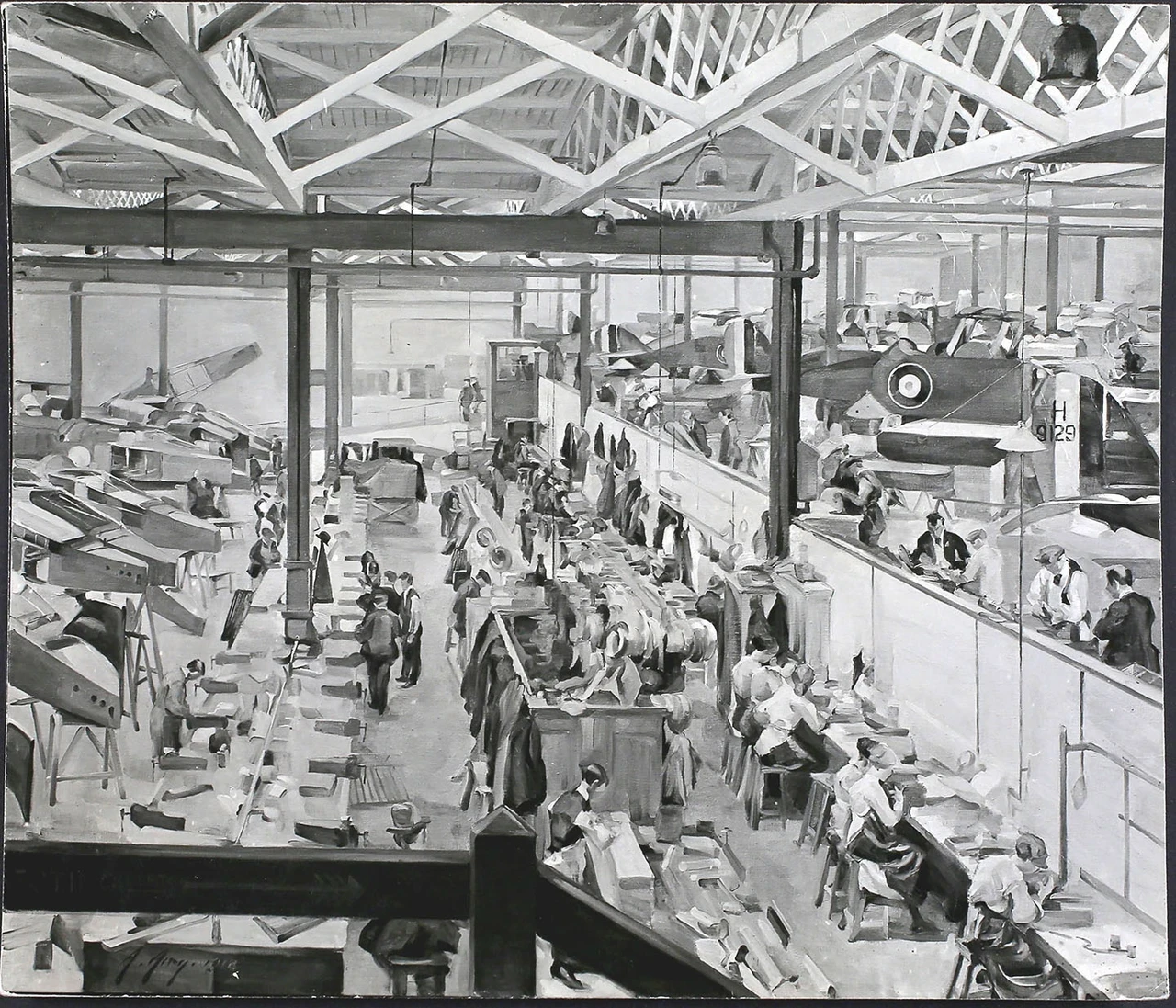
With thanks
With thanks to Dr Emma Saunders, Archivist of the Royal Greenwich Observatory Archives at Cambridge University Library and Dr Louise Devoy, Senior Curator at the Royal Observatory, Royal Museums Greenwich.
Related Articles
-
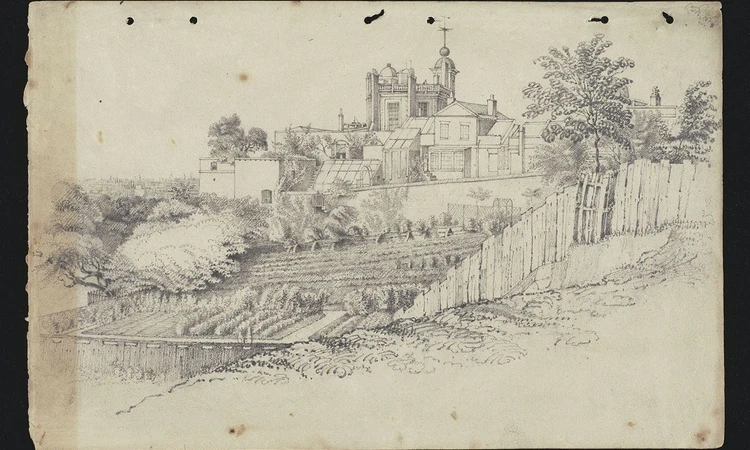 Read
ReadA Family of Artists in Greenwich Park: Capturing the Park
Discover a lesser-known slice of Observatory history: The story of a group of remarkable women who once called Greenwich Park home.
-
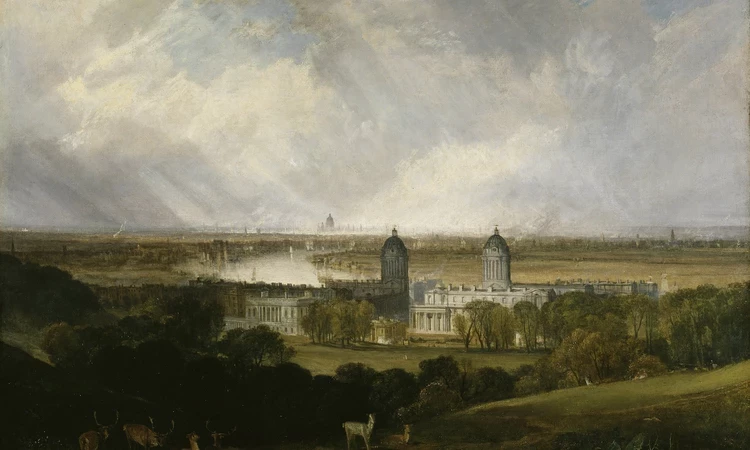 Read
ReadTurner at Greenwich Park
Nicknamed the ‘painter of light’, J.M.W. Turner is one of the most celebrated artists that Britain has ever produced.
-
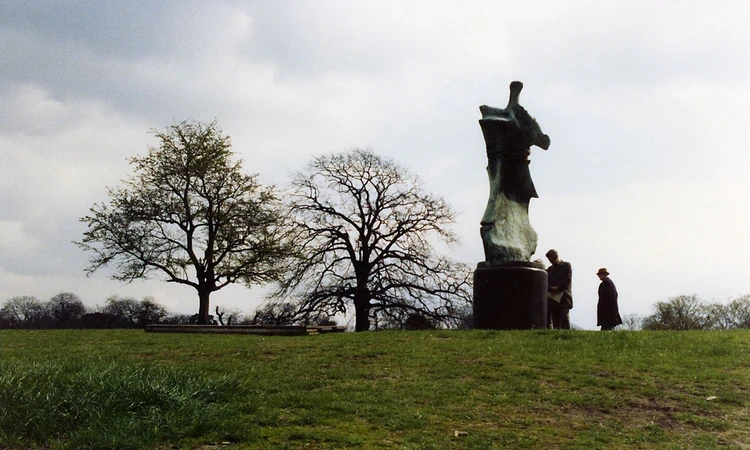 Read
ReadHenry Moore at Greenwich Park
Moore had a deep appreciation for the history and landscape of Greenwich Park and selected this location to display one of his famous sculptures.